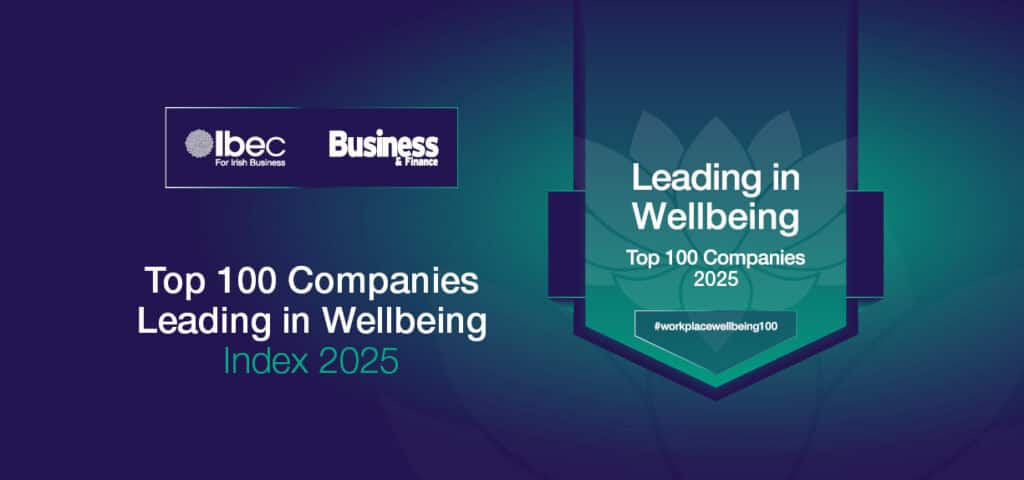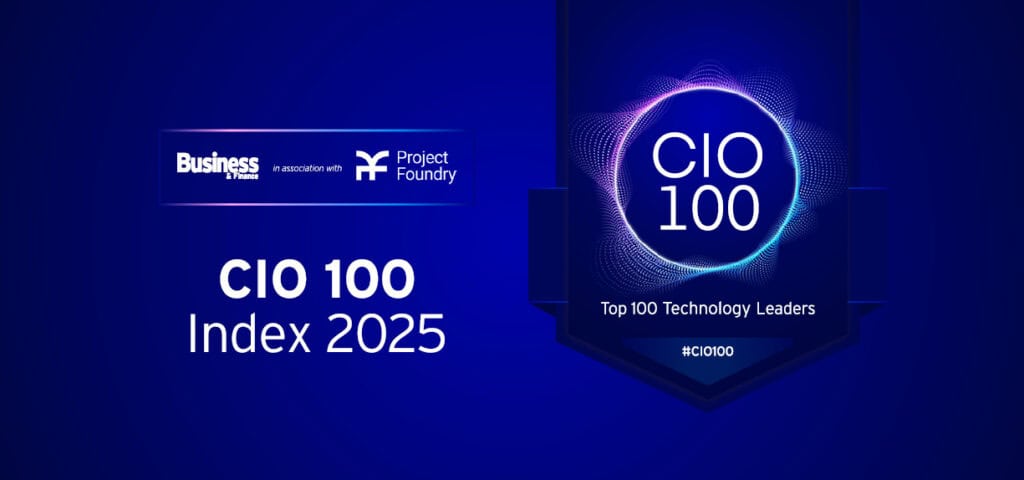Pat O’Donnell–Co-founder and Managing Partner of retained executive search consultants, Principal Connections–reveals some of the core facets commonly found to be at the heart of a successful succession planning process.
Perhaps no single decision has a more substantial impact on the future of a company than the selection of a new Chief Executive. Choosing a CEO is possibly the most significant decision a board can make. While certain circumstances may deem the appointment of an external successor to be more appropriate, appointing an internal known quantity can often be the most solid platform from which to move a company forward. In either instance, appointing the individual, internal or external, most likely to shine brightest must be the priority. So how can a board go about identifying a new CEO who’s ready to deal with tomorrow’s challenges?
Strategic alignment
Managing the CEO succession process is a board’s ultimate responsibility. The board should therefore engage in a strategic alignment process and agree on future CEO benchmark profiles. It will be important that such profiles reflect the future strategic priorities set out in the business strategy. And in turn, these objectives should link to the person specification of the next CEO. This process supports the development of a clear evaluation mechanism to consider internal as well as external candidates.
Measurement methodology
Candidates should be measured using independent methods of assessing CEO potential and the agreed upon CEO success profiles. The objective must be to form an unbiased, multi-dimensional view which should include quantitative assessment of candidate experiences, competencies, skills and personality traits to inform succession thinking.
A regular discussion
CEO succession should be at least a bi-annual topic on the board agenda. The process may commence even as early as the second board meeting following the commencement of a new CEO. As the process matures, the succession theme should filter through all levels of the company in order to identify next generation CEO potentials at multiple levels. The board must stay close to the development practices of the company so it is assured that the future leadership talent requirements of the organisation are met.
Developing the next generation
Companies should develop next generation CEO successors through a blend of mentoring, coaching, education, rotations, secondments, key initiatives and specific developmental assignments. Once a board has gone beyond finding not just near ready CEO contenders, but generations of successors with the potential to serve as future CEOs one day, it must help that potential to prosper. Usually this will take the form of individually customised development programs aligned to both individuals’ requirements and what the organisation will require in a future leader. When potential successors become CEO contenders, the attention should shift to ascertaining areas to increase growth and to bridging development gaps.
Internal potential
The internal bench strength of the C-suite must be regularly reviewed by the board. This should involve meaningful exposure to board members in formal as well as informal settings. Board members can therefore form their own informed impressions of CEO potential. Once individuals are considered to be future CEO material, the board will then need to peel back the layers and commence stress testing core competencies while also looking more closely at personality derailers. At this stage, the board may decide that it must recruit external leaders to increase the calibre of its bench.
Talent development frameworks
It is crucial to regularly review talent management and development frameworks against the longer-term business strategy. This will enable the organisation to modify talent development activities in accordance with shifts in business strategy. Since there may be several possible futures to plan for, leadership profiles reflecting such differences should also be planned for.
Transition planning
Once a successor CEO has been selected, it will be crucial that a comprehensive transition plan is developed to ensure that the incoming CEO gets off to a good start. At this time, it may also be necessary for the board to agree the post transition role of the outgoing CEO. A sound transition process can take six to twelve months depending on the circumstance. It will typically consist of a number of important phases tailored to the circumstances of the transition required.
Enhanced culture
Developing an ecosystem that can identify and incubate future CEO talent demands a consistent commitment. It requires patience, but more importantly, it requires belief in the process for companies and their board members to go the journey. However, this is an investment that will pay high dividends through delivering leaders who can successfully navigate the nuances of tomorrow’s business landscape.
Not alone does this type of approach mitigate the risk of a board being caught off-guard, it encourages a culture of personal development aligned to career growth and extends to entice external interest. It is also noteworthy that just about nothing is more closely aligned with safeguarding shareholder value than the assurance that the right leaders will be in place to deliver tomorrow’s success. For this reason, shareholder advocates view solid succession planning as a reflection of the quality of the board itself.
About the author: Pat O’Donnell is Co-Founder and Managing Partner of Principal Connections, the Irish member firm of global top 20 executive search group, Agilium Worldwide. Mr O’Donnell is known as a leading authority and trusted advisor to domestic and international organisations in all phases of development and change and is also noted for his exceptional understanding of board room dynamics. A graduate of the National University of Ireland Galway, Mr O’Donnell holds a Master’s Degree in Commercial Law from University College Dublin’s School of Law.
To learn more about Principal Connections’ please visit www.principalconnecions.ie or e-mail info@principalconnections.ie
Follow Principal Connections on LinkedIn and Twitter
The above information does not purport to be professional advice. Readers are advised to seek independent professional advice before acting on anything contained in these materials.





